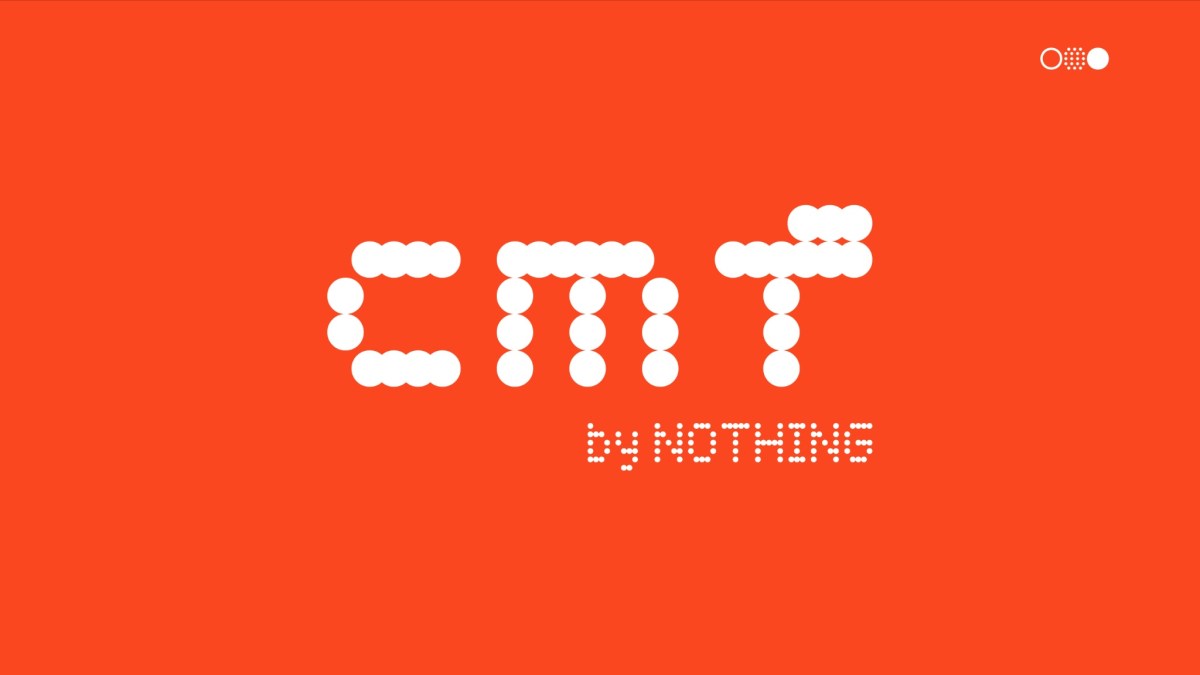Editor’s Note: This story originally appeared on FlexJobs.com.
Whether you saw it coming or not, a layoff can be devastating. However, a layoff isn’t a stain on your career, nor is it a reflection of your qualifications as a professional.
If you’ve just been laid off and are wondering what to do next, the first thing you should do is update your resume.
We share how to write a resume after you’ve been laid off.
Write a Strong Resume Summary

You need to write a powerful resume summary. A resume summary gives a hiring manager an overview of your unique skills and qualifications for the position.
Unlike objective statements, which are all about what the job seeker wants, a resume summary is an opportunity to sell yourself to an employer.
Focus on the most relevant experience for the position and how you add value to the company. Do you speak another language? Do you have a sought-after certification? Use clear and specific examples.
Focus on Your Accomplishments

Most resumes that get tossed into the rejection pile focus on tasks. For example, language like “posted on TikTok, Instagram, and Facebook five times per week.” Or, “edited and updated code for the backend of Android apps.”
The problem is that tasks don’t demonstrate the value you provided to your previous employers and don’t help you stand out. Instead, you want to focus on your results and accomplishments.
Were you the top sales representative at your company? Did you help save an employer money? Or, maybe you increased the number of social media followers from 20% to 65%.
Highlight your relevant achievements, rather than providing a list of tasks, to distinguish yourself from other applicants.
Tailor Your Resume to the Job Listing

If you’re applying to 10 different jobs, you don’t want to send the same resume to each of them. It’s critical that you tailor your resume to each position.
However, this doesn’t mean you have to create a new resume from scratch each time you apply for a job.
Instead, you can tailor your resume by adding different keywords or tweaking your resume summary based on the job description.
Protect Yourself From Ageism

Although illegal, ageism still creates obstacles for more seasoned professionals. If you’re a veteran of your company, there’s a good chance your resume formatting is outdated.
And if you submit it to a hiring committee, you can be unfairly eliminated from consideration based on your age.
As an older applicant, you have so much to offer. You can fight back against ageism in the hiring process by eliminating these things from your resume:
- Objective statements (Instead, write a strong resume summary.)
- Your college graduation dates
- “References available upon request” (If they want references, they’ll ask on either the application or during an interview.)
- Every job you’ve ever had (Instead, focus on the jobs most relevant to the role.)
Proofread

Before submitting your resume, you should proofread it for any grammatical errors or spelling mistakes.
Remember, your resume is the first impression a company has of you as a professional. You want it to be a good one.
After you draft your resume, take a break and return to it. This will help you spot typos and errors you otherwise might have missed. If possible, you can also ask a spouse, roommate, or friend to proofread your resume.
Find Your Next Opportunity

Although layoffs can hurt, they’re not the end of your career. You’re a qualified professional, and if you tailor your resume to reflect that, you’ll open the door to your next job opportunity.








































